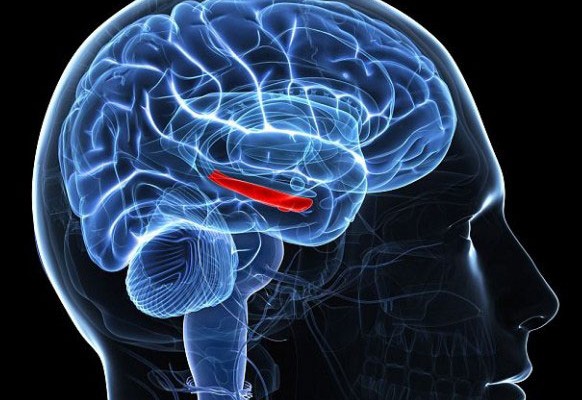Two months ago I received an unexpected notification form Google+. I barely use the service, so I was surprised to hear that they had a story for me to review. I clicked on the link. It said ‘Trip to Camogli and Genoa. A story by Giovanni Tiso.’
The ‘story’ was actually a photo album, waiting for me to furnish it with captions or a proper narrative or post it ‘as is’. It comprised twenty-four pictures I had taken in early June and uploaded to my Google Drive. I had never asked that they be selected to create a story, nor was I aware that the feature was even available. I wasn’t aware that my Google Drive was synched to my idle Google+ profile either, for that matter.
Then there was the title: Trip to Camogli and Genoa. How perfectly accurate it was, how plain.
But how did Google know? I took the pictures with a regular digital camera, not with a location-enabled smartphone. The camera does have a GPS function, but I deactivated it as soon as I left the shop. I could hazard a couple of guesses, but for the moment I was struck by the slickness of that little album. How well the photos had been selected, discarding the ones that were too similar. I had forgotten I had taken a photo of a cat, but there it was. Google knows what people like.
I felt intruded upon. The feature was optional, meaning I didn’t have to publish the story, but I had no option not to have it presented to me in the first place. Google’s algorithms were going to trawl through my pictures in search of a narrative regardless.
I did some research. The new feature was introduced back in May, without actively alerting users of the service, although the Google blog published a post entitled ‘Memories made easier’ in which the company explained how Stories would take the work out of sifting through holidays photos and videos, automatically weaving them ‘into a beautiful travelogue’. As for the part where Google could tell where I had been, the company is a little more reserved, but it is reasonable to assume that its Landmark Detection features play a part, as well as the company’s constantly expanding global database of user-supplied pictures with GPS data.
In other words: how Google knows where I was in the first week of June is because of people like me, who upload or back up our pictures onto the company’s servers. Letting the company play with the content they are storing for us is a sometimes tacit, sometimes explicit part of the transaction. Furthermore – time-saving convenience being the wonderful thing that it is – many, if not most, people are happy with the features that are added from time to time, which they hadn’t known they even needed. Like Auto Awesome, to which Stories is the latest addiction. One of the features of Auto Awesome can take several near-identical pictures in your collection and select the best pose and the best smile in order to produce an automated composite which just so happens to capture a moment that never existed. But who cares? It is a beautiful picture, and you’re in it.
‘Memories made easier’ is an attractive proposition. We’re talking strictly about social memory, here. This is what stories are about: sharing in our experiences and interests, so that others may know us better. But this is also how we construct our identity, socially, and has been since long before these new technologies.
Therein lies my problem: the sense of having been intruded upon. I took that trip of mine to Camogli and Genoa a week after burying my mother, in a brief, unscheduled lull before the flight back to New Zealand that I had booked in haste when the phone call came. I left Milan by train almost aimlessly, to get away from the painful familiarity of the apartment and the streets where I grew up. I was sad and exhausted and in need of some time alone.
Reduced to a set of twenty-four pictures, that trip as it was presented to me by Google meant something else, something less. Stripped of its emotional content, it became the trite account of a holiday like any other, which could have been taken by anyone – which is in fact precisely how Google could tell where I had been.
If these were memories, they weren’t mine. Delivered two months later, out of the blue, and demanding that I acknowledge them as part of my life, they felt no more real.
I published the album on my idle, hollow Google+ profile, to hang on to it a bit longer and figure out how they did it. But now I’m thinking I could go on allowing Google to document every future trip of mine in this way, and find myself, years from now, with a perfect record of the life of a perfect stranger.







